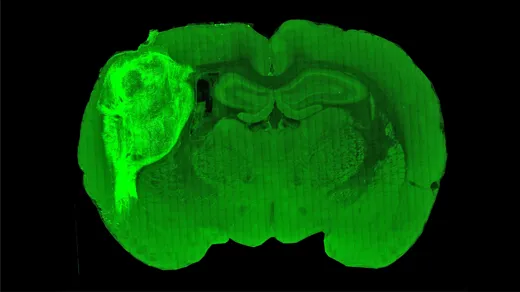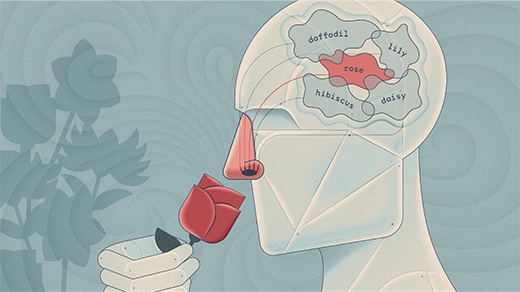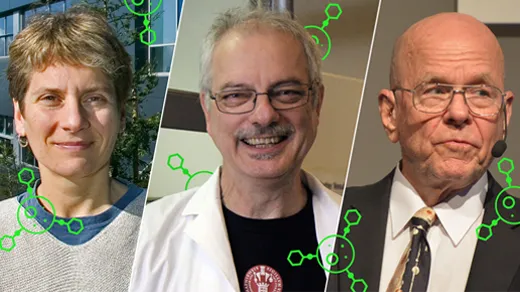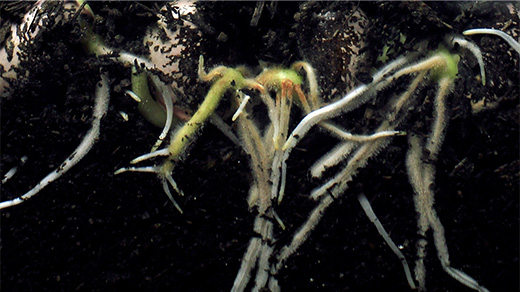What's up in
Abstractions blog
Latest Articles
New Entanglement Results Hint at Better Quantum Codes
A team of physicists has entangled three photons over a considerable distance, which could lead to more powerful quantum cryptography.
Mathematicians Discover the Fibonacci Numbers Hiding in Strange Spaces
Recent explorations of unique geometric worlds reveal perplexing patterns, including the Fibonacci sequence and the golden ratio.
Lab-Grown Human Cells Form Working Circuits in Rat Brains
Letting human brain organoids grow in animal brains could be an ethical new option for experimental studies of neurological disorders.
How Do You Prove a Secret?
Zero-knowledge proofs allow researchers to prove their knowledge without divulging the knowledge itself.
Machine Learning Highlights a Hidden Order in Scents
Efforts to build a better digital “nose” suggest that our perception of scents reflects both the structure of aromatic molecules and the metabolic processes that make them.
Molecule-Building Innovators Win Nobel Prize in Chemistry
The chemists Carolyn Bertozzi, Morten Meldal and K. Barry Sharpless were recognized for their development of click chemistry and bioorthogonal chemistry.
Pioneering Quantum Physicists Win Nobel Prize in Physics
Alain Aspect, John Clauser and Anton Zeilinger have won the 2022 Nobel Prize in Physics for groundbreaking experiments with entangled particles.
Geneticist Awarded Nobel Prize for Studies of Extinct Human Ancestors
Svante Pääbo has been awarded the 2022 Nobel Prize in Physiology or Medicine for studying our extinct ancestors’ DNA.
Biologists Use Genetic Circuits to Program Plant Roots
Using inserted genetic circuitry, synthetic biologists controlled the growth of plant roots for the first time.








